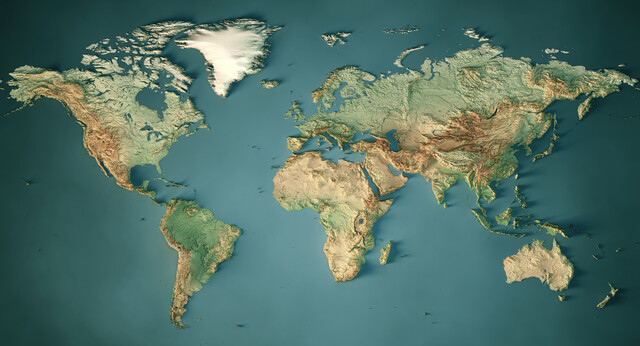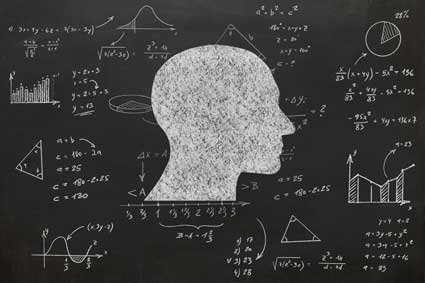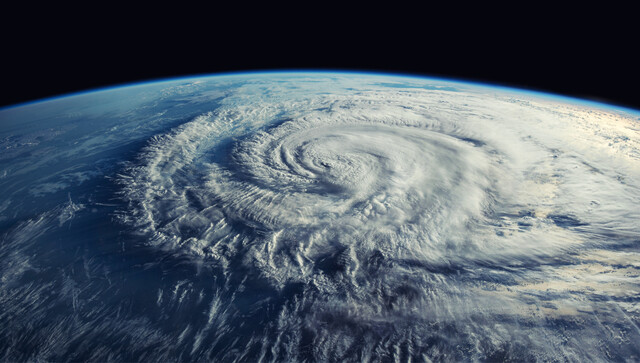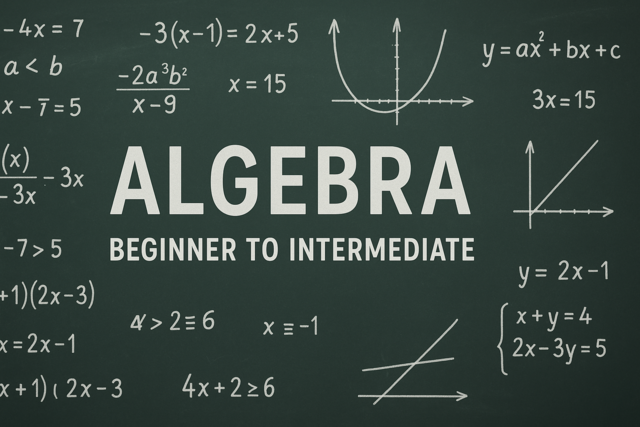Waves, generally speaking, involve a motion similar to that of a pendulum whereby a mass is suspended by a spring and moves back and forth. The most basic example of this may be a person waving, while their fingers may move back and forth, they remain supported (in a transfixed manner) by the base of the hand.
There are also actions that are patterned after actual waves, these are referred to as wavelike motions. A modern example of this is attendees at a sporting event who stand up and sit down in a wavelike motion as they show their appreciation for their team. In intervals, one row stands up, swings their arms and then promptly sits back down, so that people in the subsequent row can repeat the process, that is, stand up, swing their arms, and then promptly sit back down.
A wave originates with some type of disturbance, for instance, a rock thrown into a lake. As the wave travels, it has a crest (peak) and a trough (underbelly) and moves in varying forms.
- Plane waves. These travel together as a united front (straight-line formation).
- Circular waves. Originating from the point where the disturbance began, these types of waves can travel across the surface of the water in all directions.
- Slinky waves. This is a vibration inflicted at any point of a coil then travels throughout the entire slinky until returning back to its original point of entry. Rather, than stopping at the end of the slinky, the wave will simply bounce off one end and head back to where it started.
Regardless of the specific form of wave in question, the motion originates from some type of surge of activity or a vibration-like movement.
B. Waves. Properties. (Characteristics)
Though it is interesting (and possibly reassuring) to know that waves are everywhere, how exactly do we know when something is indeed a wave?
To provide us with a foundation from which we can effectively distinguish a wave from some other phenomenon, it is first helpful to define a wave. In short, a wave can be categorized as any type of disturbance that travels through a medium from one location to another location.
The slinky wave provides a good illustration of this concept. When stretched out from end to end and held at rest, the slinky assumes a natural position that is known as equilibrium or at rest position. This is a natural position for the slinky with its coils spaced at equal distances from one another.
When a wave is introduced into the object, the first particle causes the object to shift from its equilibrium or at rest position. Though this movement may occur in any direction, upward or downward, forward or backward, once altered it returns to its original equilibrium or at rest position. The interference is what is known as a disturbance.
The disturbance then moves throughout the slinky (object in question) creating what is referred to as a pulse. Defined, a pulse is a single disturbance that moves through an object (medium) from one location to another.
If the object in question is repeatedly disturbed then it will continuously experience this pulsating type of activity. And, thus, a wave is a repeating and periodic disturbance that moves through a medium from one location to another.
We also need to define the word medium, which acts as a conduit by channeling the vibration or pulse from one part of an object to another. It is not the wave itself but rather a transportation source. The medium is comprised of particles capable of interacting with one another.
The interconnected components allow the disturbance to travel throughout the medium in a consecutive fashion, with each individual particle acting to shift the adjacent particle. In essence, it is a continuum, whereby once the process of passing along the disturbance begins, it continues in a chain like reaction throughout the entire object (medium).
However, it is important to point out that in a medium, though a disturbance may shift the particles, it does so only temporarily. There is always a force present able to restore the particles to their original position.
For this reason, waves are classified as being an "Energy Transport Phenomenon" whereby the energy contained in the entire medium is being shifted (transported) from one particle to another. After moving through a particle, the particle then returns to its original position, possessing the same amount of energy it had before it was shifted or displaced.
The marked feature of energy transportation is what characterizes waves apart from other types of known phenomenon. In a wave, energy is transported but matter is not. For example, with oceanic waves, while energy is transported through the body of water, the water molecules are not displaced. Water remains in the middle of the ocean or the sand. In short, in the ocean (or any type of body), while energy is transported, it is done without moving the water (matter).
C. Waves. Functions Summary
Waves are defined as a disturbance that travels through a medium, and on its way transports energy from one location (its source) to another location. However, waves transport energy without transporting matter. Each individual particle of the medium, though temporarily displaced, immediately returns to its original equilibrium position.
D. Waves. Categories
Waves come in many shapes and forms. While all waves share some basic characteristic properties and behaviors, some waves can be distinguished from others based on some very observable (and some non-observable) characteristics. It is common to categorize waves based on these distinguishing characteristics.
Categorizing waves on the basis of the direction of movement of the individual particles of the medium relative to the direction which the waves travel produces three distinct categories: transverse waves, longitudinal waves, and surface waves.
Transverse waves. Waves in which particles of the medium move in a direction perpendicular to the direction in which the wave moves. As the energy is transported from left to right, the individual coils of the medium are displaced upwards and downwards. In this case, the particles of the medium move perpendicular to the direction in which the pulse moves. This type of wave is a transverse wave. Transverse waves are always characterized by particle motion being perpendicular to wave motion.
Longitudinal waves. Waves in which particles of the medium move in a direction parallel to the direction that the wave moves. As the energy is transported from left to right, the individual coils of the medium are displaced towards the left and towards the right. In this case, the particles of the medium move parallel to the direction that the pulse moves. This type of wave is a longitudinal wave. Longitudinal waves are always characterized by particle motion being parallel to wave motion. Sounds waves are an example of longitudinal waves.
Surface waves. Waves that travel in the depths of the ocean are longitudinal waves, whereas the waves that travel along the surface of the oceans are referred to as surface waves. In surface waves, particles of the medium undergo a circular motion. They are neither longitudinal nor transverse, for in longitudinal and transverse waves, all the particles in the entire bulk of the medium move in a parallel and a perpendicular direction, respectively, relative to the direction of energy transport. However, in a surface wave, it is only the particles at the surface of the medium that undergo the circular motion. The motion of particles tends to decrease as one proceeds further from the surface.
Another way to categorize waves is on the basis of their ability (or inability) to transmit energy through a vacuum (for example, outer space). Categorizing waves on this basis leads to two notable categories: electromagnetic waves and mechanical waves.
Electromagnetic waves. These are waves that are capable of transmitting their energy through a vacuum (for instance, outer space). Electromagnetic waves are produced by the vibration of electrons in atoms on the Sun's surface. These waves travel through the vacuum of outer space, eventually reaching the Earth. Were it not for the ability of electromagnetic waves to travel to the Earth, there would undoubtedly be no life on Earth. All light waves are examples of electromagnetic waves.
Mechanical waves. These are waves that are not capable of transmitting their energy through a vacuum; mechanical waves require a medium to transport their energy from one location to another. A sound wave is an example of a mechanical wave. Sound waves are incapable of traveling through a vacuum. Slinky waves, water waves, stadium waves, and telephone chord waves are other examples of mechanical waves, each requires some medium in order to exist.
Note: In an effort to conduct studies based upon the similarities of waves and contrasting qualities, the aforementioned categories are just some of the ways physicists categorize waves. The list is by no means a complete inventory of all the categories that exist. Both those that reflect the direction of waves and their ability to transmit energy are helpful when studying the two most notable wave forms, those of sound and light.
While studying waves, physicists tend to delve into more advanced areas, for instance, the frequency in which waves occur (period), their amplitude (height), and their ability to reflect, refract and demonstrate diffraction, are terms used to identify their method of navigating and contending with outside forces.



























